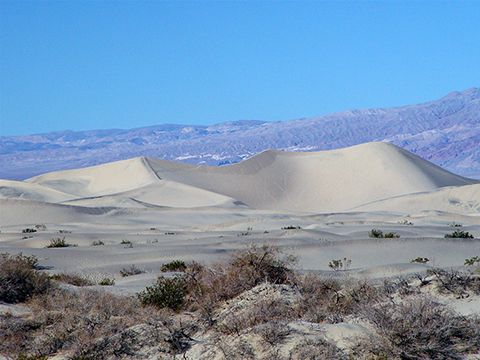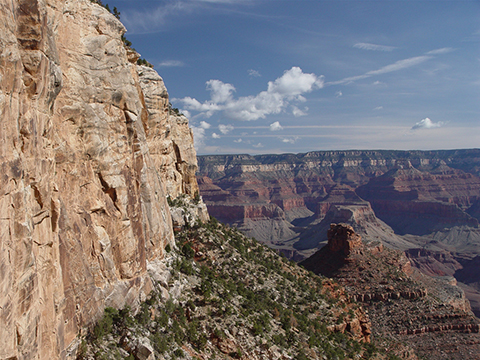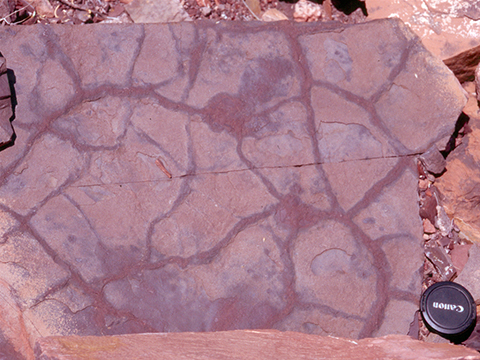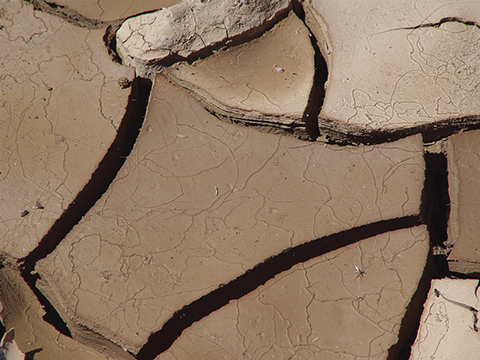Prelude
Sediment is formed by the mechanical and chemical weathering of rocks on Earth's continents. Biologically produced microscopic shell material is also a major source of sediment. Processes of flowing water, blowing wind, and moving ice distribute this debris across much of Earth's surface, including environments such as river flood plains, beaches, desert sand dunes, or the bottom of the ocean. A sedimentologist is a certain type of geologist who studies these processes and deposits.
Compaction and cementation of sediment over time represents the process of lithification, and sedimentary rocks are born. Because sedimentary rocks were once sediments, they record the surface conditions of the past, like where they originated, how far they were transported, when and where they were deposited, etc. Sedimentary petrologists and stratigraphers are basically time travelers who use various clues in sediment and sedimentary rock to look back in time to gain an understanding of Earth's history. The southwestern U.S.A. is a great place to study sedimentary rocks because they dominate the landscapes in places like the Grand Canyon, Zion, Bryce, Canyonlands, Monument Valley, Canyon de Chelly, etc.
|
Figure 7-1. Sediment, sedimentary structures, and sedimentary rocks. Modern sand dunes forming in Death Valley, California (top left). Remember to click on highlighted images to see larger versions. |
|
What Will You Do Today?
|
Get familiar with sediment, sedimentary structures, sedimentary rocks, as well as read geologic maps and cross sections that include sedimentary rocks |
A. Sediment & Sedimentary Structures - Review the basics about observing and interpreting sediment and sedimentary structures
B. Identifying & Interpreting Sedimentary Rocks - Identify and interpret different kinds of sedimentary rock
C. Sedimentary Rocks in Geologic Maps - Read and interpret sedimentary units from the Geologic Map of Arizona and the Geologic Map of Zion National Park
D. Geology of the Limestone Hills - Try your luck at a sedimentary-flavored sequence diagram




